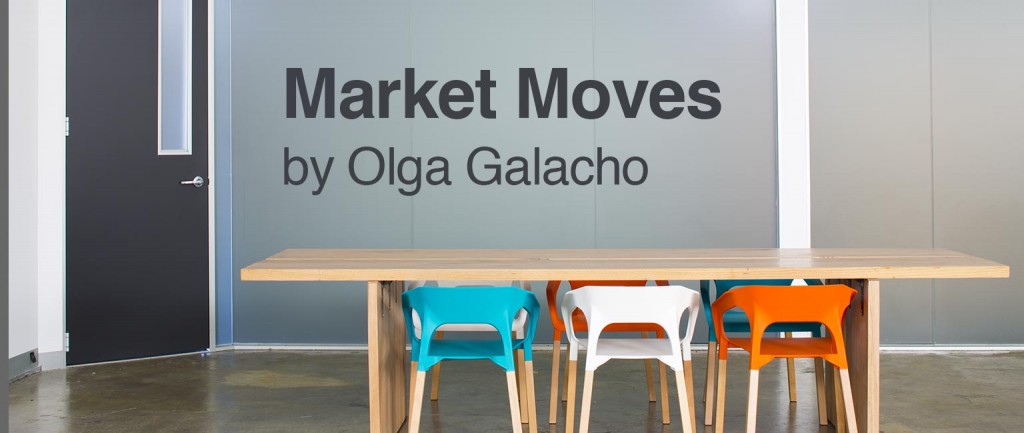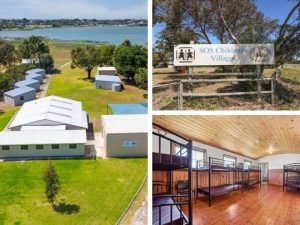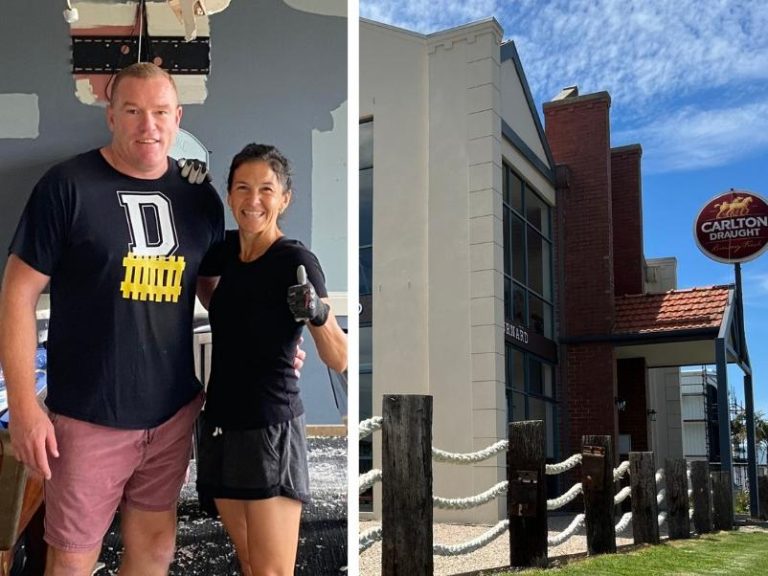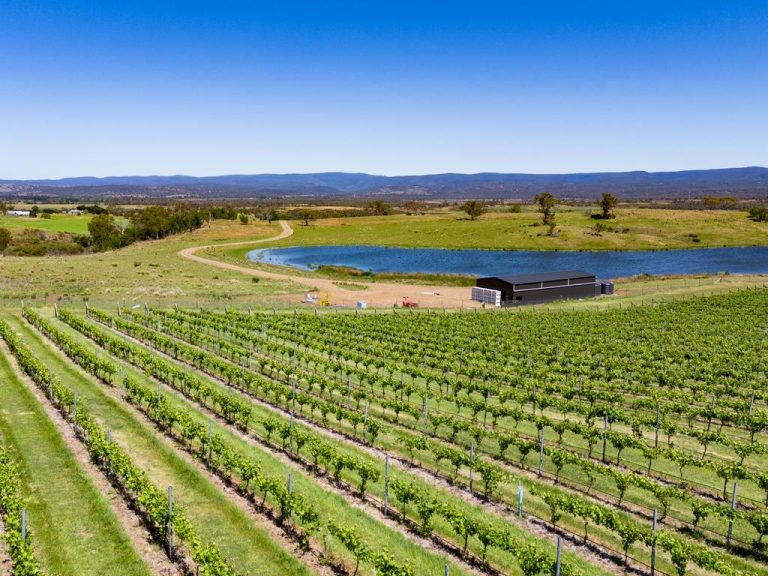Melbourne offices: what’s behind the record prices?

There’s no let up in the number and size of deals for Melbourne CBD office blocks, with last week’s $1.04 billion sale of two Cbus properties setting a record.
Property group GPT and its wholesale fund bought the CBW complex on the corner of Bourke and William streets for $608.1 million. The lettable area of the two towers and a connecting retail precinct is more than 81,400sqm.
AMP Capital paid the superannuation fund $433.5 million for the recently built 700 Bourke St, which has 63,000sqm fully leased to National Australia Bank.
The Cbus fund portfolio was marketed by Colliers International and Savills.
The two listed Australian property giants beat off keen competition from foreign investors, who last financial year made up more than 40% of the total $1.5 billion paid for central Melbourne buildings.
Savills Australia research showed that in the 12 months to the end of June, investors based in Asia, the UK and the US forked out $630 million for large commercial offices in the city.
Investors based in Asia, the UK and the US forked out $630 million for large commercial offices in the city.
Smaller office blocks worth less than $50 million, of which eight were taken to market for a combined $200 million, were all bought by Asian property companies.
However, last week’s $45.5 million sale of 459 Little Collins St bucked that trend when the buyer was a private local investor. The 16-level building has a total area of nearly 10,000sqm.
Savills says that across metropolitan Melbourne, $3.37 billion was spent on commercial property last financial year, compared with $2.45 billion the previous year and $1.18 billion in 2012.
Foreign investors’ share of the market had almost doubled from their 23%, or $356 million in sales, recorded in the previous 12-month period.
A 10-year record of 36 city properties were purchased.

The key sales included: 555 Collins St, for which Singapore’s Fragrance Group paid $78 million; 628 Bourke St, which was bought by the Singapore arm of M & G Real Estate for $129.6 million; 367 Collins St, which sold to Mirvac for $227.8 million; and 485 La Trobe St, which Lend Lease snapped up for $181.6 million.
Separate research from CBRE shows that in the first six months of 2014, Asian investors spent US$16.2 billion on foreign real estate, which was 40% above last year’s first half.
This year, Asian-based companies bought at least US$466 million worth of CBD and metropolitan commercial properties in Melbourne, which was about half of what they spent on Sydney properties.
Both capital cities were in the Top Ten list of destinations favoured by investors from Asia.
The fact that vacancies in CBD towers were running at higher than the 10-year average made it all the more remarkable that transactions were breaking records both in numbers and in prices paid, according to Savills.
Read more: What are office vacancy rates & why are they important?
Economy improving, not booming, says CBRE
The recent slight softening in the national economy is not bad news for the commercial property sector, but rather just more evidence that the mining industry continues to slow down, according to CBRE.
While Australia’s GDP growth in the 2014 second quarter of 0.5% pulled back the annual rate to 3.1%, compared with the long-term average of 3.2%, CBRE says this was a reflection of the fact that “the economy is improving, but not booming”.
The recent slight softening in the national economy is not bad news for the commercial property sector.
NSW and Victoria led in the growth stakes for the six months to the end of June, while Queensland and West Australian economic activity receded.
“We expect this growth mix will support a similar relative demand performance for commercial property, providing a more favourable backdrop for office, retail and industrial conditions in NSW and Victoria,” the CBRE report says.
“In this environment, interest rates are expected to remain on hold with the Reserve Bank board noting … some gradually improving signs including consumer sentiment and business confidence as well as an improvement in capital expenditure plans among non-mining industries.”
Read more: Why official interest rates matter to small business
CBRE says the easing off in the mining sector masked the “reasonable amount” of city infrastructure building and non-residential developments in the pipeline.
“The latter are expected to support performance in commercial property sectors going forward, with improved infrastructure a key driver of property value.”
However, the report forecasts that overall economic demand was not expected to accelerate significantly until at least the middle of next year.
Gold Coast restaurant sells again – for 27% more
A Gold Coast restaurant has been bought for almost $400,000 more than it collected five months ago thanks to a 10-year lease to Galaxy Seaford, according to Colliers International.

The premises at the base of the Pivotal Point apartment block at 2 Nerang St, Southport, sold after auction for $1.61 million, which was 27% more than what it went for when it last went to market early this year.
Galaxy pays $157,300 a year for 370sqm, half of which is an enclosed outdoor area.
Colliers said it received 70 enquiries about the property, mostly from Asian investors, but it sold to a locally based private investor.
An increase in residential developments in the Southport CBD is supporting a major boost in on and off-market commercial property activity in the area, the agency said.







